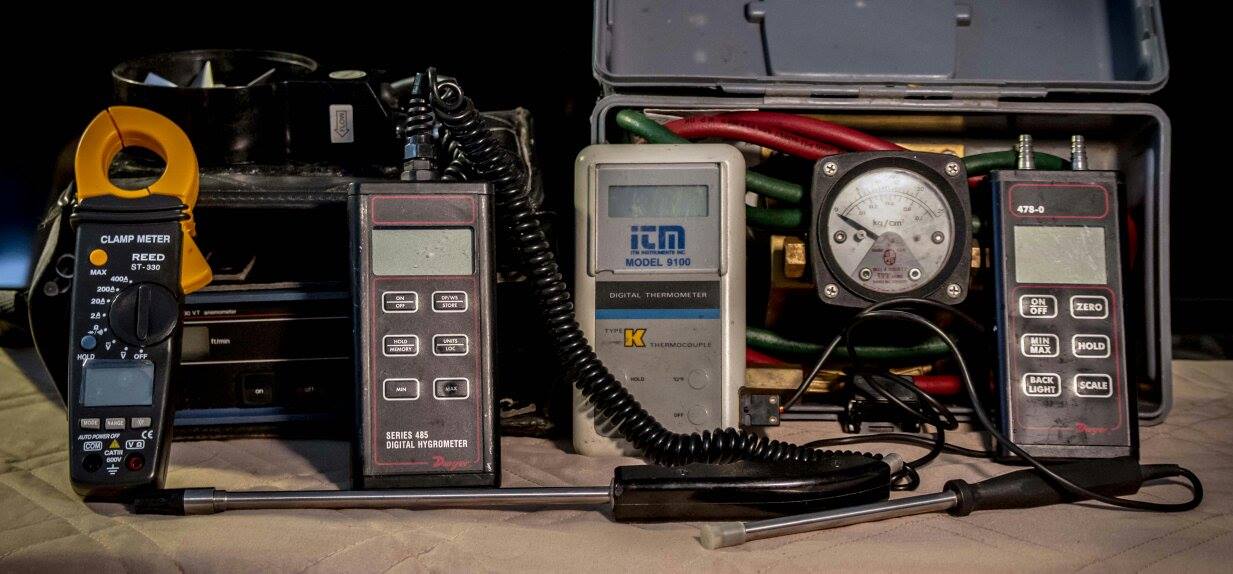Explain Elevator

Explain Elevator speaks to how elevators work and elevator operation and maintenance.
The fact is, if elevators did not exist, many low rise buildings and all high rise buildings would not be viable.
A low rise building is defined as one less than 35 meters ( 155.5 ft) high and no more than 8 stories.
A high rise building is defined as one greater than 35 meters (155.5 ft) high and more than 8 stories high.
Today the most familiar design of elevators is known as “roped” whereas the elevator “car” is lowered and raised by use of what is known in the industry as traction steel ropes (cables) which operate from above. In the older hydraulic power elevator system the car was pushed from below.
Today there will be an elevator machine room located above the elevator shaft which will contain the motor, sheave and all necessary controls.
In the “roped” system the cables are attached to the car and around a sheave located in the upper elevator mechanical room. As electric motors cause the sheave (pulley) to rotate the elevator cables lift or lower the car as commanded. The sheave will be rotated in one direction to lift the car and rotated in the opposite direction to lower the car.
The electric motor may be attached directly to the sheave and this is referred to as a gearless elevator.
The electric motor may be attached to a gear train that causes the sheave to move and this is referred to as a geared elevator.
Operation
The cables that are connected to the car are also connected to a counterweight which is located hanging on the side of the sheave. The design is that counterweight will weigh equal to a 40 percent elevator car capacity which provides a balanced system when the elevator car is 40 percent full. This is an energy saving design as equal loads on either side of the sheave require minimal energy to move the elevator car.
This is simply making use of the potential energy of the elevator car transferred to the counterweight as the car descends. The opposite effect occurs as the car ascends. It is indeed an energy conserving design.
There are guiderails located on the sides of the elevator shaft along which the car and the counterweight travel and which keep both car and counterweights stable. These rails are also an integral part of the elevator car emergency “stop” system.
Electric Elevator Safety
Safety Systems
There is very little or virtually no chance of an elevator car dropping in an uncontrolled manner to the bottom.
The steel cables are very string and are designed in a reduntant manner as one cable can support both the counterweight and the elevator car. Elevators are built with four to eight cables so that breaking of one is not dangerous. As an added safety the elevator cars are equipped with “rail breaks” which will stop the car and these breaks are activated if an increased elevator speed is sensed. The equipment which senses elevator speed is known as a “governor” which is attached to the sheave and to the elevator car. If any elevator car speed increase (over the norm) is detected the brakes are activated and the car is stopped. Another independent safety is elevator car electromagnetic brakes that are kept open while there is power to the elevator system. If power is loss the electromagnetic brakes activate and bring the elevator to a stop.
There are also upper and lower automatic braking systems located in the shaft. If the car moves too far near the top or bottom of the shaft the elevator will stop. The final safety system which exists but is never expected to be used is the “shock absorber system”. At the bottom of the shaft is a piston mounted in an oil filled cylinder which works to remove what ever kinetic energy that exists from a free falling elevator.
Explain Elevator Explain Elevator
Return from Explain Elevator to home page
Hard copy and E book for sale. Introduction to Building Mechanical Systems. Click here.


